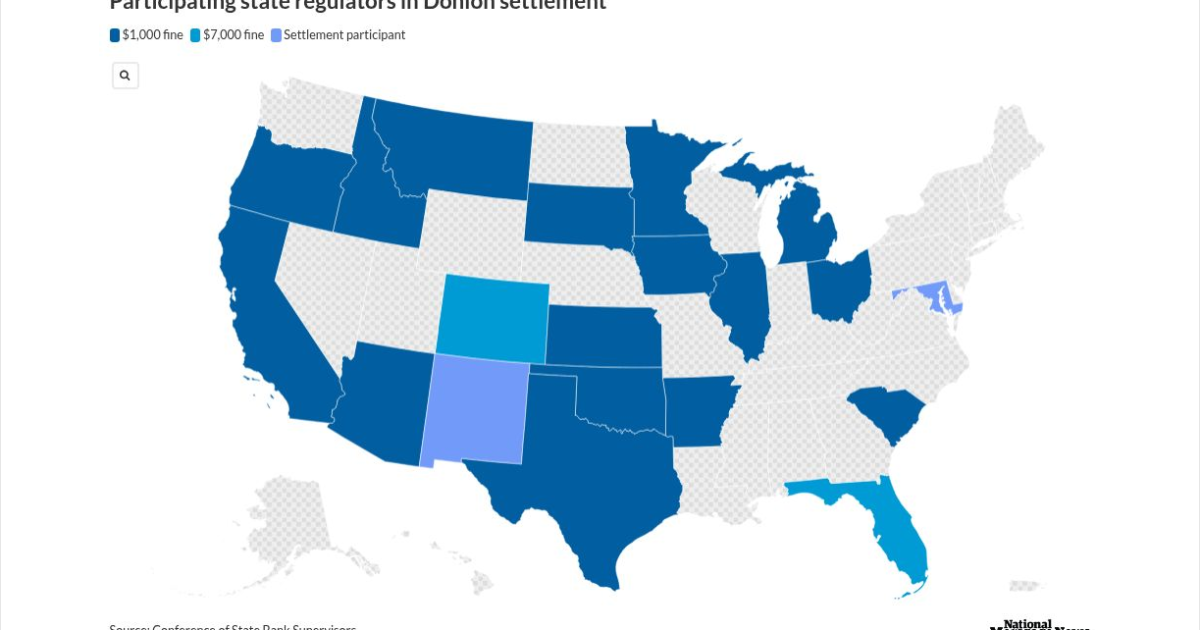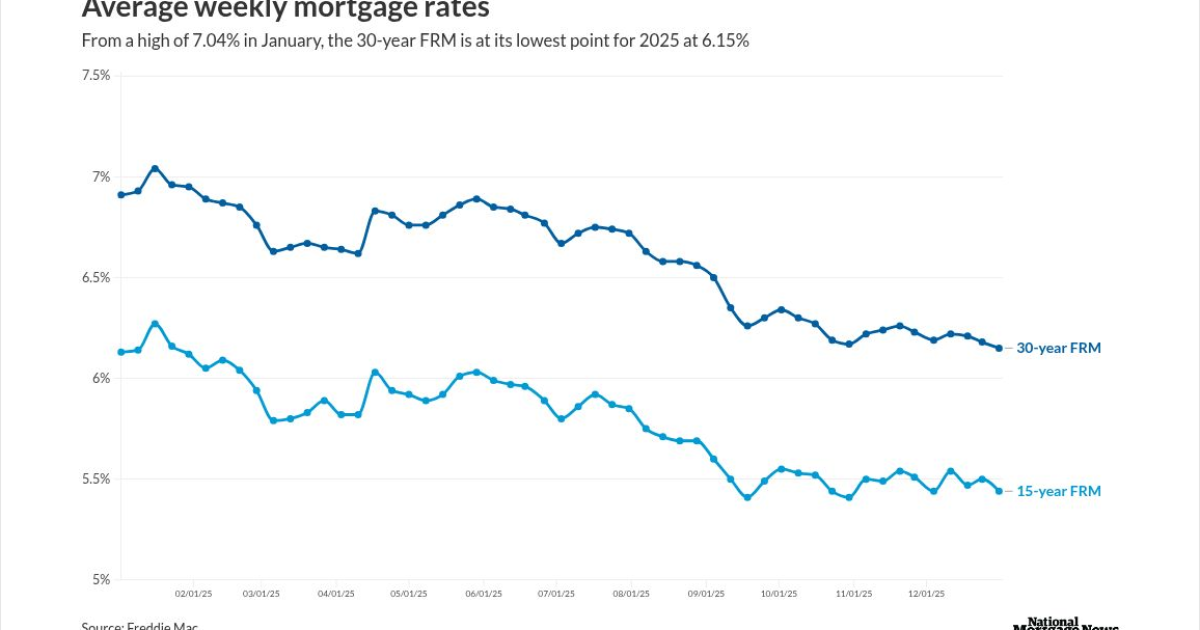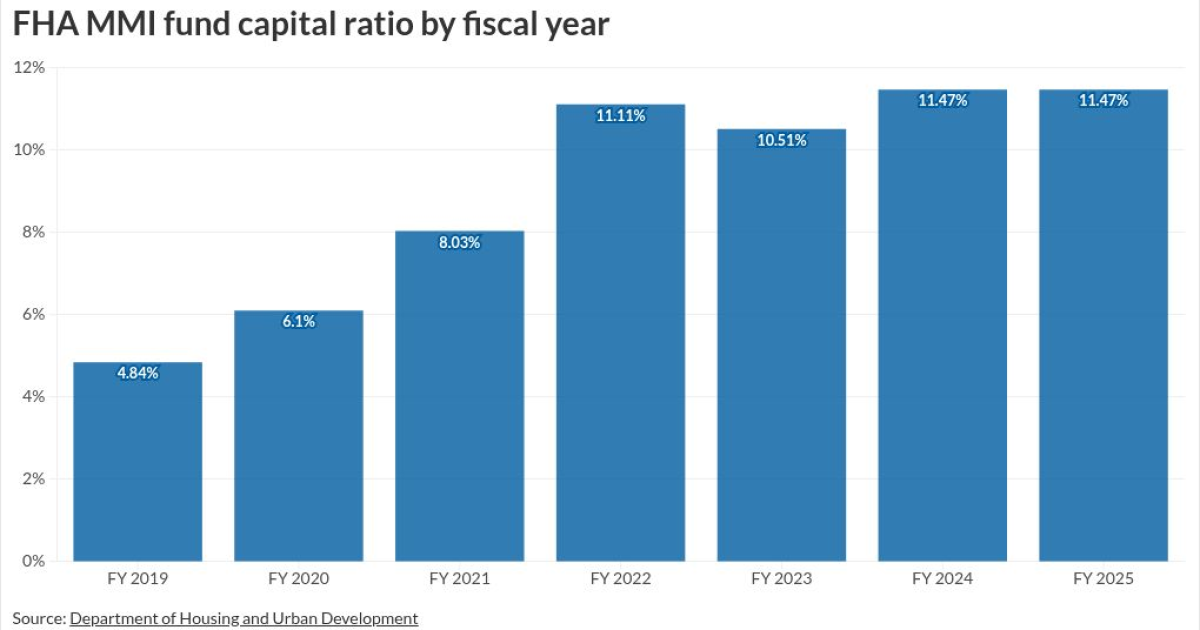
With steady home price appreciation and falling interest rates, by some measures the shares of distressed mortgages existing in the market shrunk to record lows, according to Black Knight.
December's foreclosure rate dropped to 0.46%, the lowest recorded percentage since the close of 2005. This represents a decrease of 11.59% annually and 1.57% month-over-month.
While the 39,500 foreclosure starts seen during the month were down 14.69% from December 2018's 46,300, they were up 17.91% from November's 33,500.
The delinquency rate fell to 3.4% in December, down from 3.88% a year ago and 3.53% the month prior. It's the second-lowest rate on record, just above 3.36% in May 2019. Seriously delinquent mortgages — those late in payment by 90 days or more — dropped to 1.27% from 1.51% the year before and from 1.3% in November.These declines in distressed loan shares can be attributed in part to the overall low mortgage rate environment and increased affordability.
"Even with home price growth accelerating, today's low-interest-rate environment has made home affordability the best it's been since early 2018," Ben Graboske, Black Knight's data and analytics president, said in a press release. "At that time, the housing market was red-hot, with national home price growth at 6.6% and climbing — before rising rates and tightening affordability triggered a pullback in growth rates.
"That's not the case today. Despite the average home price increasing by nearly $13,000 from just over a year ago, the monthly mortgage payment required to buy that same home has actually dropped by 10% over that same span due to falling interest rates. It now requires 20.6% of median monthly income to purchase the same home as it did just over a year ago, the smallest payment-to-income ratio we've seen in two years. Put another way, prospective homebuyers can now purchase a home that is $48,000 more expensive than a year ago, while still paying the same in principal and interest. That's a 16% increase in buying power."
In the face of dipping mortgage rates, refinance candidates — those with 30-year fixed rate mortgages, at least 20% in home equity and credit scores of 720 or higher who could cut their current interest rate by at least 0.75% — grew to 9.4 million. Their aggregate monthly savings would amount to about $2.5 billion. If rates fell to 3.5%, it would unlock an additional 1.8 million candidates. Conversely, if they rose to 3.75%, 1.6 million candidates would lose incentive to refinance.



